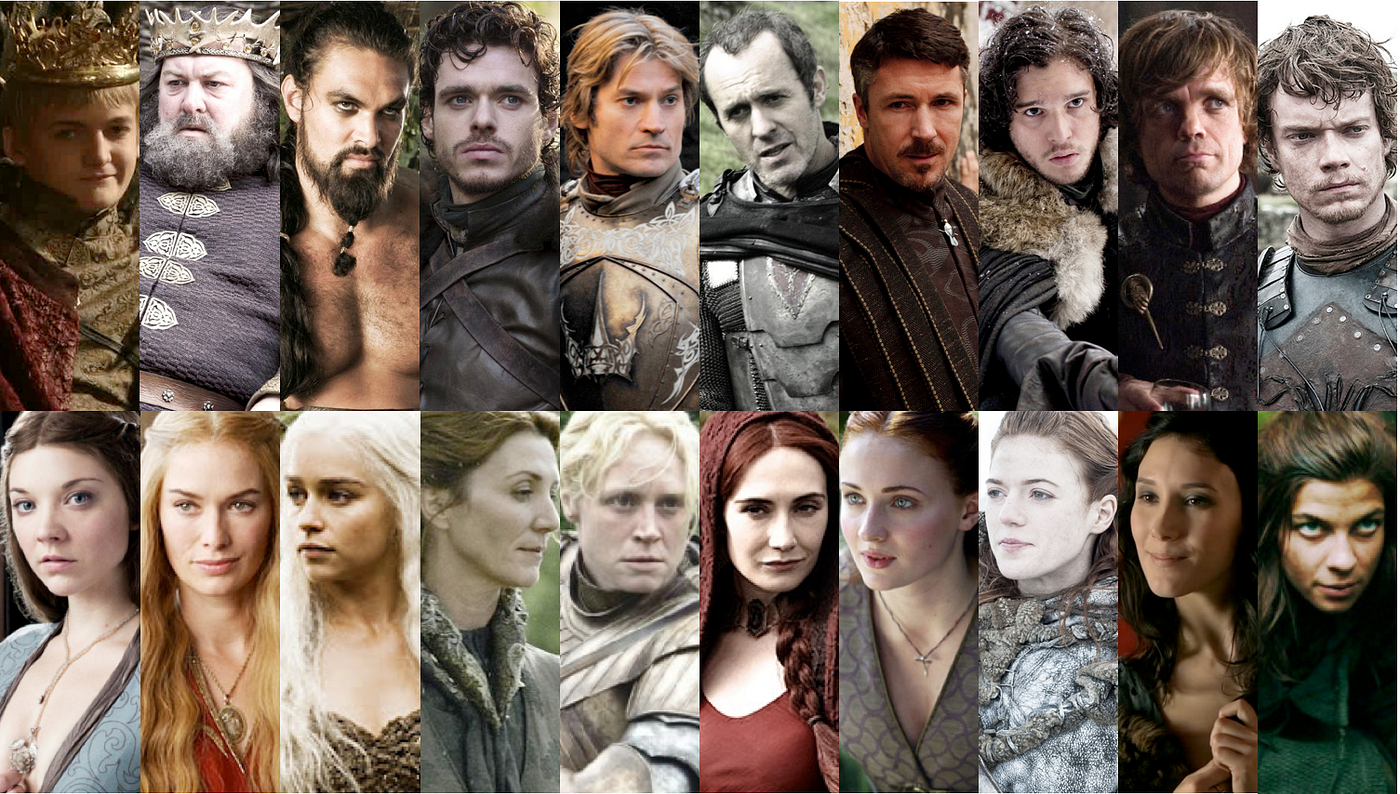Cast And Crew Of English Tv Show Game Of Thrones Season 1

Before dragons soared and battles for the Iron Throne became watercooler talk, Game of Thrones Season 1 quietly redefined television storytelling. Its success wasn’t just luck—it was the result of a passionate group of actors, writers, and behind-the-scenes artists who turned George R.R. Martin’s sprawling novels into a gripping drama. Let’s revisit the faces and forces that launched this cultural juggernaut.
The Architects: Crafting a World From Ink and Imagination
Bringing Westeros to life required visionaries. Showrunners David Benioff and D.B. Weiss faced skepticism early on. Critics doubted a fantasy series with dragons and swordplay could rival prestige dramas. But Benioff and Weiss focused on what made Martin’s books unique: flawed characters and brutal realism. They worked closely with Martin himself, who jokingly referred to their adaptation process as “killing his darlings” to fit the story into ten episodes.
The writing team, including Bryan Cogman (a self-proclaimed “book nerd”), balanced intricate plotlines without losing the heart of the Stark-Lannister feud. Episodes like “Baelor” and “The Pointy End” proved that even in a world of magic, human choices—like Ned Stark’s fatal honor—carried the most weight.

The Cast: Newcomers and Veterans Who Became Icons
Casting directors Nina Gold and Robert Sterne took risks that paid off. They bet on unknowns for roles that would define careers:
-
Sean Bean as Ned Stark: Bean’s Ned was the moral anchor, a man outmatched by political sharks. His gruff sincerity made his fate feel like a punch to the gut.
-
Peter Dinklage as Tyrion Lannister: Dinklage fought for Tyrion’s depth, refusing to play him as a one-note jester. His Emmy win was the first of many, proving the show’s commitment to complex characters.
-
Emilia Clarke as Daenerys Targaryen: Clarke, a virtual unknown, auditioned while recovering from a brain hemorrhage. Her portrayal of Daenerys’ evolution—from abused pawn to dragon-riding leader—became legendary.
-
Kit Harington as Jon Snow: Harington’s brooding charm turned Jon into a fan favorite, even if his famous curls required hours of styling.
The Stark children were another gamble. Maisie Williams (Arya) and Sophie Turner (Sansa) had never acted professionally. Turner, at 14, dyed her hair auburn and leaned into Sansa’s naivety, while Williams’ fierce energy made Arya an instant underdog hero.
The Lannisters: A Family You Loved to Hate
-
Lena Headey’s Cersei was icy perfection. Headey mined subtlety from the script, like the quiet rage in her line, “Everyone who isn’t us is an enemy.”
-
Nikolaj Coster-Waldau (Jaime) turned the “Kingslayer” into a paradox—arrogant yet oddly sympathetic. His chemistry with Headey crackled with tension.
-
Jack Gleeson, then 17, made Joffrey Baratheon the most loathed character on TV. Gleeson leaned into the role’s cruelty but later admitted he struggled with fans confusing him for his character.
The Crew: Building Westeros Brick by Brick
While actors dazzled, the crew labored in the shadows:
-
Director Alan Taylor (episodes like “Fire and Blood”) blended grandeur with intimacy. The final scene of Daenerys rising from ashes, surrounded by dragons, was filmed in 100°F heat with puppets standing in for CGI creatures.
-
Costume designer Michele Clapton avoided generic medieval looks. Stark wardrobes used rough wool and leather, while Lannisters dripped in gold thread and velvet—subtly telegraphing power dynamics.
-
Composer Ramin Djawadi’s score, including the iconic main title theme, used unconventional instruments like the cello to mirror the story’s darkness.
Locations mattered too. Northern Ireland’s Castle Ward became Winterfell, while Malta’s Mdina stood in for King’s Landing. The crew battled rain, mud, and tight budgets, but the grit showed on screen, making Westeros feel lived-in.
The Legacy: A Risk That Changed TV
Season 1’s finale drew 3 million viewers—modest by today’s standards, but enough to secure renewal. Critics praised its refusal to sanitize Martin’s world. When Ned Stark died, it shattered the “hero immunity” trope, signaling that no one was safe.
For the cast, the show became a launchpad. Harington and Clarke became global stars, while Dinklage redefined representation for actors with disabilities. Behind the camera, crew members like Djawadi and Clapton became industry legends.
Looking back, Season 1’s magic came from its humanity. It wasn’t just about kingdoms or dragons—it was about parents, siblings, and rivals clawing for survival. The actors and crew didn’t just adapt a story; they made audiences believe in a world where honor could be a fatal flaw and a girl with dragons could rewrite her destiny.
Game of Thrones may have divided fans in its final years, but Season 1 remains a masterclass in storytelling. And it all started with a group of people who, for a brief moment, made Westeros feel as real as the world outside our windows.



